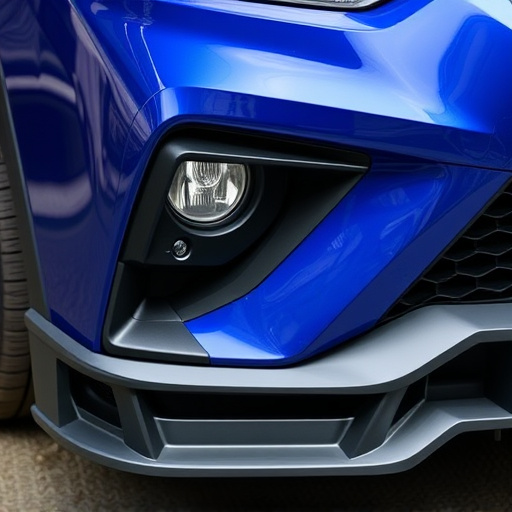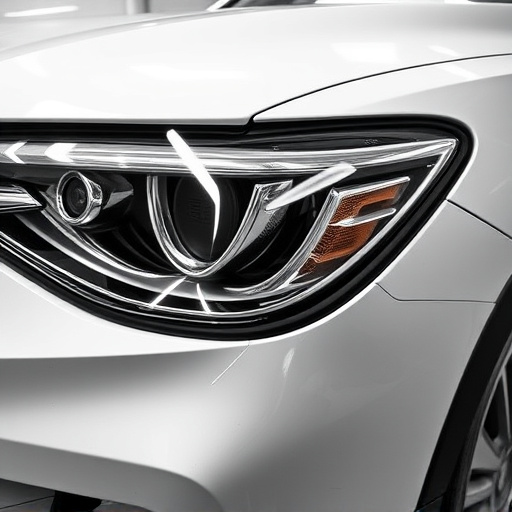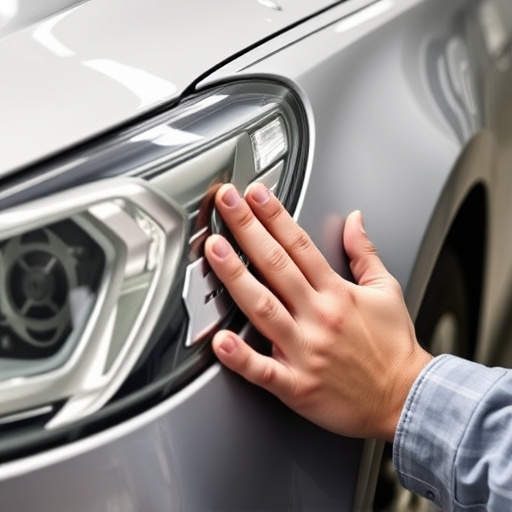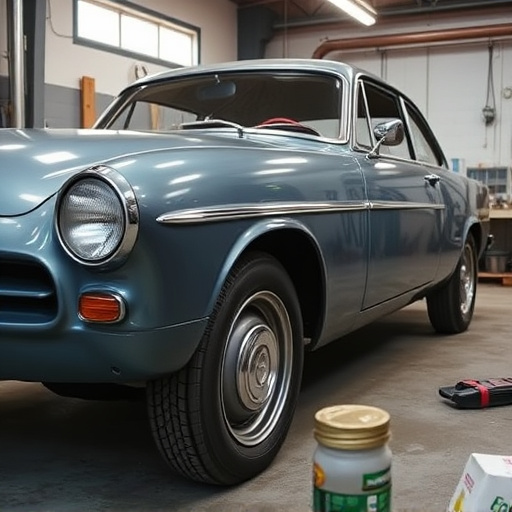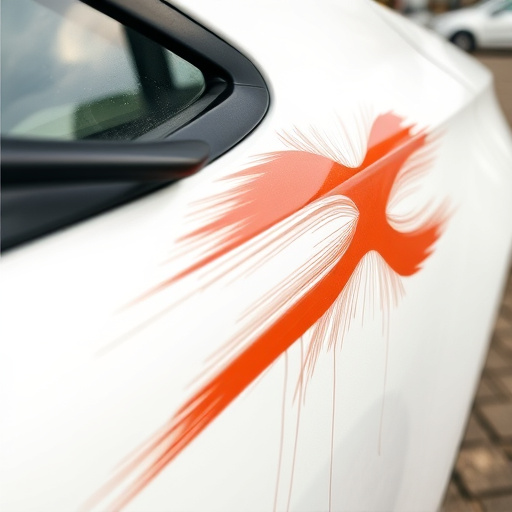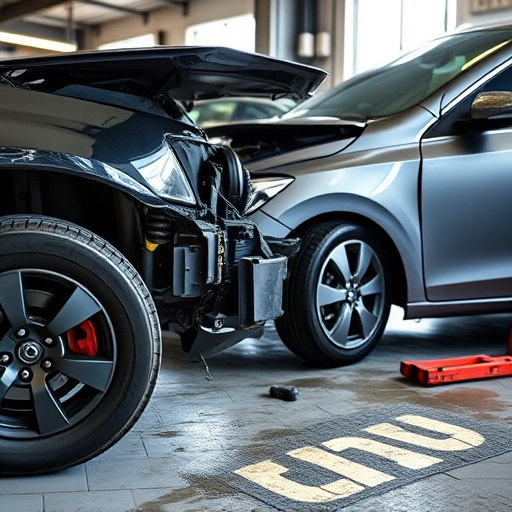Fender dent repair offers two main methods: Paintless Dent Repair (PDR) for minor dents, preserving the original finish and cost-effectiveness, and traditional auto body services for more severe damage, despite being time-consuming and expensive. The choice depends on dent severity and individual preferences.
Fender dent repair is a crucial aspect of automotive maintenance, affecting both vehicle aesthetics and value. With advancements in technology, two primary methods have emerged: paintless dent repair (PDR) and traditional methods. This article delves into these techniques, offering insights on their understanding, benefits, and drawbacks. By exploring paintless dent repair’s modern approach versus the limitations of conventional methods, car owners can make informed decisions for effective fender dent restoration.
- Understanding Fender Dent Repair Techniques
- Paintless Dent Repair: The Modern Approach
- Traditional Methods: What's Involved and Their Limitations
Understanding Fender Dent Repair Techniques
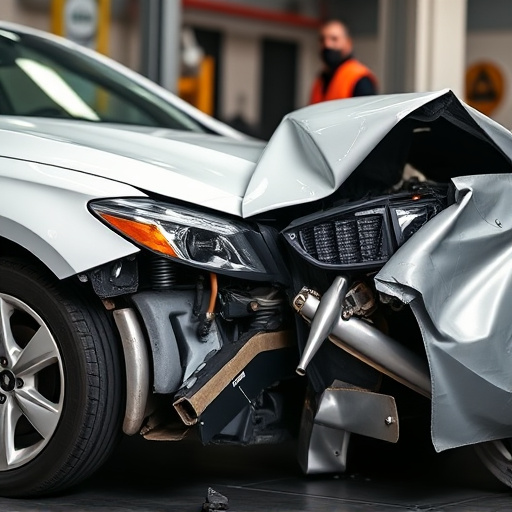
Fender dent repair is a specialized process that involves restoring damaged or bent fenders to their original condition. Understanding the various techniques used in this process is key to making an informed decision when it comes to car dent repair. Two primary methods stand out: paintless dent repair (PDR) and traditional auto body services involving frame straightening and repainting.
Paintless dent repair leverages advanced tools and techniques to remove dents without damaging the vehicle’s original finish. This non-invasive method is increasingly popular due to its ability to preserve the car’s aesthetics. In contrast, traditional auto frame repair involves straightening the metal of the fender using specialized equipment, followed by repainting to match the vehicle’s original color. This approach is more intensive but may be required for severe damage that extends beyond the surface of the fender. Choosing between these methods depends on the extent of the dent and personal preferences regarding aesthetics and cost.
Paintless Dent Repair: The Modern Approach
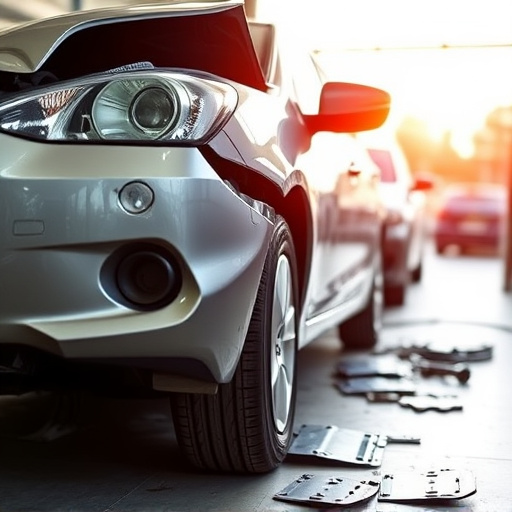
Paintless dent repair (PDR) is a modern approach to fixing minor damage on vehicles, particularly on fenders. Unlike traditional methods that often involve sanding and repainting, PDR uses specialized tools to gently push the damaged area back to its original shape. This non-invasive technique preserves the factory finish, making it an attractive option for those seeking a seamless repair without the need for extensive auto frame repair or even Mercedes Benz repair in some cases.
PDR specialists use a variety of tools and techniques, such as air pressure and specialized clamps, to lift and adjust the dented panel. This method is particularly effective for shallow dents and creases, allowing for faster turnaround times and significantly lower costs compared to conventional auto dent repair methods. Its popularity has grown due to its ability to provide high-quality results while minimizing disruption to the vehicle’s overall appearance and value.
Traditional Methods: What's Involved and Their Limitations
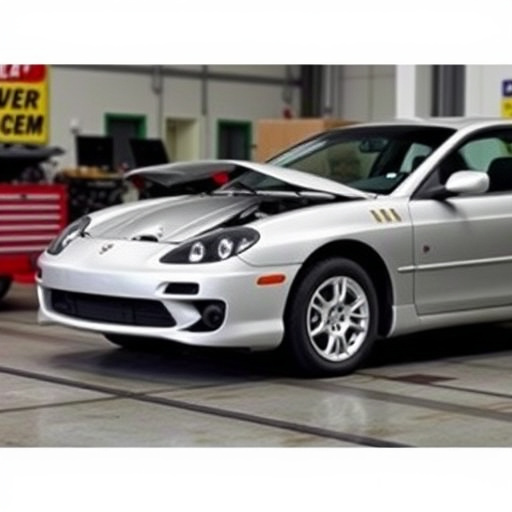
Traditional fender dent repair methods have long been the go-to for fixing dents and dings on vehicles. The process typically involves several laborious steps, starting with using specialized tools to pry out and mold the damaged area back to its original shape. This is often followed by filling the dent with putty or similar materials, allowing it to set, then sanding down the surface until smooth. Once the area is prepared, a new layer of auto painting is applied to match the vehicle’s original finish.
While these traditional methods have been effective for many years, they come with several limitations. They are often time-consuming and require significant manual labor, resulting in higher repair costs. Moreover, the use of putty can lead to unsightly lines or bubbles if not applied correctly, and the overall process may not always achieve a perfect match with the vehicle’s existing bodywork.
When it comes to choosing a fender dent repair method, both paintless and traditional techniques offer unique advantages. Paintless dent repair (PDR) revolutionizes the industry with its modern approach, providing a fast, efficient, and nearly invisible fix. On the other hand, traditional methods have their place, especially for deeper dents or complex shapes, though they may leave visible traces and take longer to complete. Ultimately, the best method depends on the specific damage, desired outcome, and individual preferences, ensuring a flawless restoration tailored to each vehicle’s unique needs.
